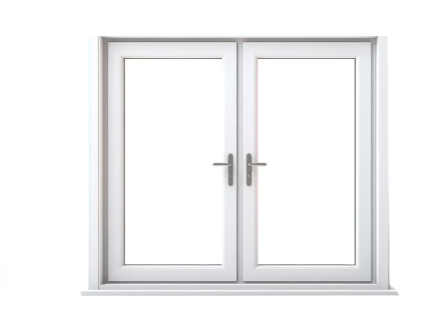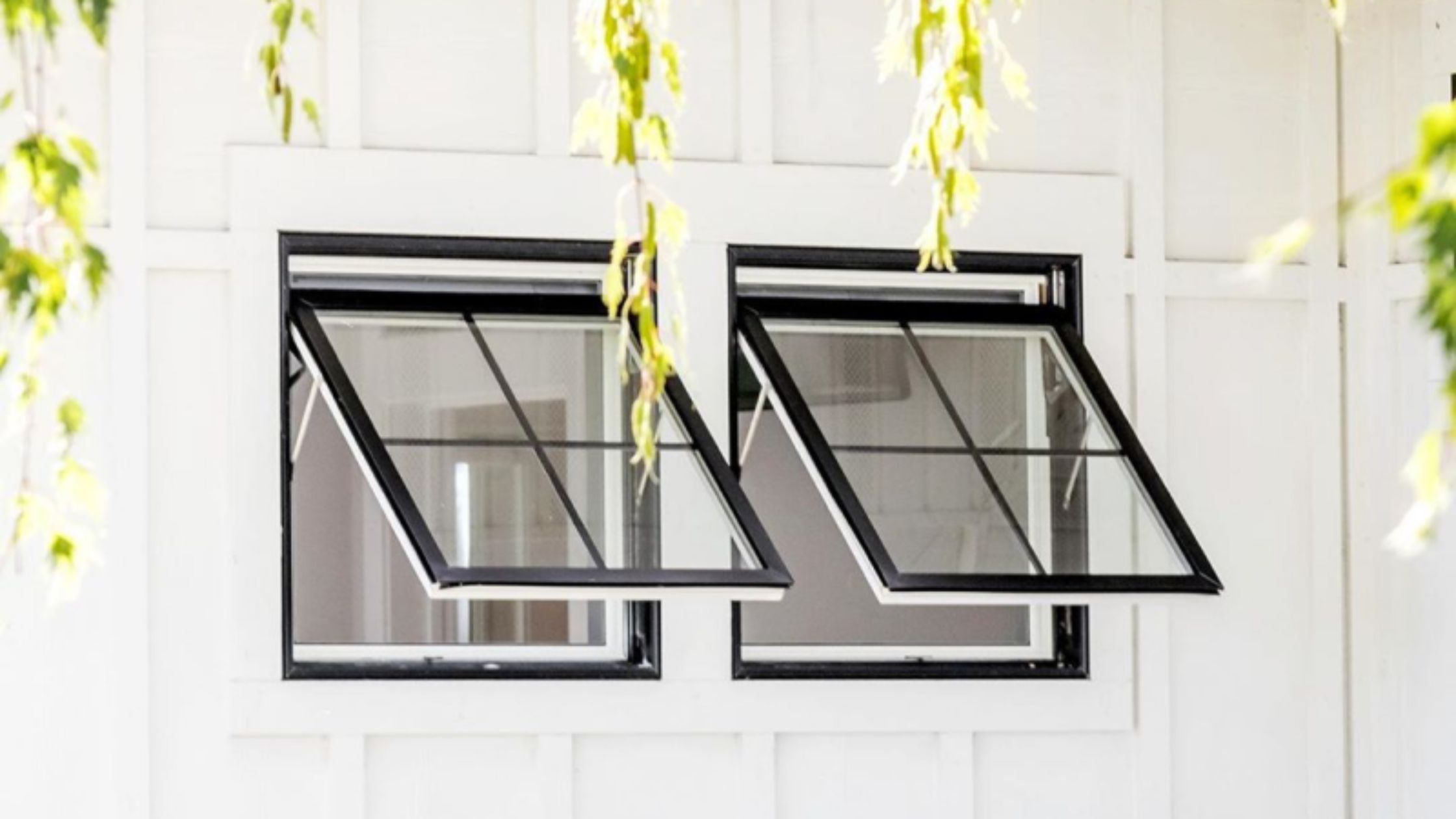What Is Dense-Pack Cellulose Insulation and How Does It Work?
Dense-pack cellulose insulation is a method of filling building cavities with tightly compressed cellulose fibers made primarily from recycled paper products. Unlike loose-fill insulation that simply fills cavities loosely and can settle over time, dense-pack involves blowing the cellulose material into wall cavities or attic spaces at high pressure to create a compact, airtight, and thermally effective barrier. This dense arrangement minimizes air movement within the cavity and drastically reduces heat loss through convection, making it a highly efficient insulation method.
This insulation type works by filling every void in the cavity with tightly packed fibers that interlock to prevent air leakage. The fibers themselves contain natural fire retardants—commonly borates—which also provide resistance to pests and mold. Additionally, cellulose’s inherent ability to absorb and release moisture helps regulate humidity levels within walls, reducing risks of condensation damage. When properly installed, dense-pack cellulose maintains its shape and density far longer than loose-fill insulation, which tends to settle and lose effectiveness. This makes dense-pack a durable solution for improving energy efficiency and indoor comfort.
In this article, you’ll learn how dense-pack cellulose insulation functions, its technical specifications, how it compares to other insulation materials, and what factors should influence your decision before installation. The information presented will give you a detailed understanding of why dense-pack is increasingly favored in both retrofit and new construction projects for its balance of sustainability, performance, and cost.
How Dense-Pack Cellulose Insulation Works
Dense-pack cellulose relies on compressing fibers into building cavities so tightly that it restricts air movement and traps heat effectively. Unlike other insulation types that primarily resist conductive heat transfer, dense-pack also acts as an air barrier. This dual function reduces heat loss caused by air infiltration and convection currents within wall spaces.
The fibers themselves are composed of recycled paper, typically newsprint, which is chemically treated with borate salts. These salts provide fire retardancy, inhibit mold growth, and deter insects. When blown into cavities at densities ranging from 3.5 to 4.0 pounds per cubic foot, the fibers interlock tightly and hold their shape. This prevents the insulation from settling, which is a common problem with loose-fill materials that lose R-value over time.
A dense-pack installation requires specialized blowing equipment that forces the cellulose into cavities at high pressure. This ensures consistent density across the entire wall or attic section. The end result is an airtight and thermally efficient insulation layer that significantly reduces drafts and improves overall energy efficiency.
The cellulose’s natural hygroscopic qualities mean it can absorb and release moisture without losing insulation effectiveness. This moisture buffering helps reduce the risk of condensation buildup inside walls, protecting structural materials and improving indoor air quality.
[Image: Dense-pack cellulose insulation being blown into a wall cavity]Types of Cellulose Insulation and Comparison with Dense-Pack
Cellulose insulation typically comes in three forms: loose-fill, damp-spray, and dense-pack. Each has different characteristics suited for particular installation needs and building types.
Loose-fill cellulose is the most basic form, poured or blown into open spaces such as attics. It’s lightweight, easy to install, and relatively inexpensive but prone to settling over time. This settling creates gaps that allow air leaks, reducing insulation performance.
Damp-spray cellulose is mixed with water and sprayed onto surfaces, where it adheres and bonds as it dries. This method provides a moderate density fill and is often used in new construction. It creates a somewhat stable insulation layer but requires drying time after application.
Dense-pack cellulose differs in that it is blown in dry but at higher pressure, creating a tightly packed, uniform layer. This method prevents settling, enhances air sealing, and produces a superior thermal barrier compared to the other forms.
| Insulation Type | Installation Method | Density (pcf) | R-Value per Inch | Ideal Applications | Pros | Cons |
|---|---|---|---|---|---|---|
| Loose-Fill | Blown or poured loosely | 1.5 – 2.0 | 3.2 – 3.8 | Attics, open cavities | Easy and low-cost installation | Settles and compresses over time |
| Damp-Spray | Wet spray, adheres after drying | 2.0 – 3.0 | 3.5 – 3.7 | New construction walls | Bonds to surfaces, reduces air leaks | Requires drying period |
| Dense-Pack | Blown dry at high pressure | 3.5 – 4.0 | 3.6 – 3.8 | Walls, retrofit, attics | Superior air sealing, minimal settling | Needs specialized equipment |
Dense-pack cellulose’s high density makes it ideal for retrofit projects where walls remain intact but air sealing and insulation upgrades are necessary. It fills gaps around wiring, pipes, and irregular framing better than rigid insulation panels or batt insulation, making it a versatile choice for complex cavities.
Installation Process for Dense-Pack Cellulose
Installing dense-pack cellulose requires preparation and precision to achieve its full benefits. Typically, professionals drill small holes in exterior siding or interior walls to access cavities in retrofit applications. For new construction, insulation is installed before drywall or interior finishes are applied.
A specialized blowing machine feeds the cellulose material through a hose and into the cavities under pressure. The installer carefully monitors the fill density and depth to ensure no voids remain. This high-pressure blowing forces fibers to compress tightly, eliminating air pockets.
Once the cavity is fully packed, holes are sealed to maintain airtightness. The dense fill ensures long-term performance with minimal settling, unlike loose-fill cellulose that can drop and leave uninsulated spaces.
Proper installation is critical; inadequate density or incomplete fill will reduce the thermal performance and allow drafts, negating the benefits of dense-pack insulation.
Technical Specifications of Dense-Pack Cellulose
Dense-pack cellulose has distinct physical and thermal properties that determine its performance in building envelopes.
| Specification | Value/Range |
|---|---|
| Density | 3.5 to 4.0 pounds per cubic foot (pcf) |
| R-Value per Inch | Approximately 3.6 to 3.8 |
| Typical Installed Thickness | 3 to 6 inches depending on cavity depth |
| Fire Resistance | Treated with borate-based retardants |
| Air Permeability | Less than 0.02 cfm/ft² at 75 Pa |
| Settling Rate | Less than 2% over 10 years |
| Moisture Handling | Hygroscopic, absorbs/releases moisture |
| Environmental Content | 70-85% recycled paper fiber |
Borate treatments provide cellulose with fire resistance ratings that meet building codes while maintaining environmental safety. Dense-pack’s low air permeability contributes to its ability to reduce drafts and improve indoor air quality. Its stable density ensures that R-values remain consistent long term, unlike other cellulose forms.
Comparison with Other Common Insulation Types
When deciding on insulation, it’s important to understand how dense-pack cellulose measures up against common alternatives like spray foam, fiberglass batt, and loose-fill cellulose.
Spray foam insulation offers the highest R-value per inch and excellent air sealing but comes with higher material and installation costs. It also contains chemicals that have higher embodied energy and environmental impact compared to cellulose.
Fiberglass batts are inexpensive and widely used but provide lower air sealing and are prone to gaps and compression that reduce effectiveness over time.
Loose-fill cellulose is similar in material to dense-pack but lacks the dense compression, leading to settling and air gaps.
| Insulation Type | R-Value per Inch | Air Sealing Ability | Environmental Impact | Longevity | Moisture Control |
|---|---|---|---|---|---|
| Dense-Pack Cellulose | 3.6 – 3.8 | High | High (recycled content) | 20+ years | Good |
| Spray Foam (Closed-cell) | 6.0 – 7.0 | Very High | Moderate (chemical-based) | 30+ years | Excellent |
| Fiberglass Batt | 2.9 – 3.8 | Low to Moderate | Low (non-recycled) | 15-20 years | Poor |
| Loose-Fill Cellulose | 3.2 – 3.8 | Low | High (recycled content) | 10-15 years | Moderate |
Dense-pack cellulose hits a strong balance between cost, sustainability, and performance, making it attractive for homeowners looking to improve energy efficiency without the premium cost of spray foam.
Market research shows an upward trend in dense-pack cellulose adoption, particularly in energy retrofit programs aiming to meet stricter building codes for air leakage and thermal resistance.
Things to Consider Before Making a Decision
Selecting dense-pack cellulose requires careful evaluation of your building’s characteristics, budget, and insulation goals.
First, assess wall cavity access. Dense-pack requires cavity access either by drilling or during new construction phases. If walls are finished without accessible cavities, alternatives like spray foam or exterior insulation might be more practical.
Climate factors matter. Dense-pack cellulose’s moisture buffering is beneficial in mixed climates, but very humid environments may require additional vapor barriers or moisture control strategies.
Installation quality is crucial. Using professionals trained with dense-pack equipment ensures correct density and coverage. Incomplete fills reduce effectiveness and can lead to issues such as drafts or mold.
Budget constraints also play a role. Dense-pack typically costs more than fiberglass or loose-fill cellulose but less than spray foam. Consider long-term energy savings and durability when comparing initial costs.
Lastly, consider your sustainability goals. Dense-pack’s high recycled content and low embodied energy make it a strong candidate for eco-conscious projects.
Evaluating these factors helps ensure you choose the best insulation type for your building’s needs.
Common Questions About Dense-Pack Cellulose Insulation
Is dense-pack cellulose fire-safe? Yes. Cellulose insulation is treated with borate fire retardants, making it resistant to ignition and slow to burn. It meets or exceeds building code fire safety standards.
How long does dense-pack cellulose last without needing replacement? Properly installed dense-pack cellulose can last 20 years or more without significant settling or loss of R-value. It maintains performance much longer than loose-fill options.
Can dense-pack cellulose cause mold or moisture problems? Dense-pack’s ability to absorb and release moisture reduces mold risk when combined with proper building ventilation and vapor barriers. It helps manage humidity levels inside walls.
Is dense-pack cellulose environmentally friendly? Yes. It is primarily made from recycled paper and treated with non-toxic borates, making it one of the more sustainable insulation options available.
How does dense-pack cellulose compare with spray foam insulation in terms of air sealing? While spray foam provides a near-complete air seal, dense-pack cellulose offers excellent air sealing that is often sufficient for most retrofit and residential applications. Spray foam is better for extreme airtightness but at a higher cost and environmental impact.
Can dense-pack cellulose be installed in existing walls without removing drywall? Yes, through small drilled holes in siding or interior walls, dense-pack can be blown into existing cavities, making it a popular choice for retrofit insulation.
What is the R-value of dense-pack cellulose? Dense-pack cellulose generally provides an R-value between 3.6 and 3.8 per inch of thickness, depending on density and installation quality.

Conclusion
Dense-pack cellulose insulation delivers a powerful combination of air sealing, thermal resistance, and moisture control that makes it a smart choice for energy-conscious building upgrades. Its dense, compressed fibers create a stable, long-lasting insulation layer that reduces drafts and improves comfort without significant settling. It fits retrofit and new construction projects well, especially when cavity access exists.
To make an informed decision, consider the benefits of insulation services in relation to your building’s characteristics, climate, and specific needs. Dense-pack cellulose strikes a compelling balance between performance, cost, and environmental responsibility. Evaluate your insulation needs carefully to determine if this method aligns with your goals for energy efficiency and indoor air quality.
Author and Reviewer
Author: With over two decades of hands-on experience, Robert Lamothe, owner and lead installer of Lamothe Insulation, brings unparalleled expertise in spray foam insulation, carpentry, and building science. Since 2002, he has earned a reputation for precision, quality craftsmanship, and delivering energy-efficient solutions that stand the test of time. Lamothe Insulation is a family-owned and family-operated business, and Robert also owns the Goddard School of Auburn, an early childhood education school.
Reviewer: Ethan Taylor has 8 years of experience in spray foam insulation. He reviewed this content and suggested ways to simplify business outreach while keeping trust and professionalism intact.













